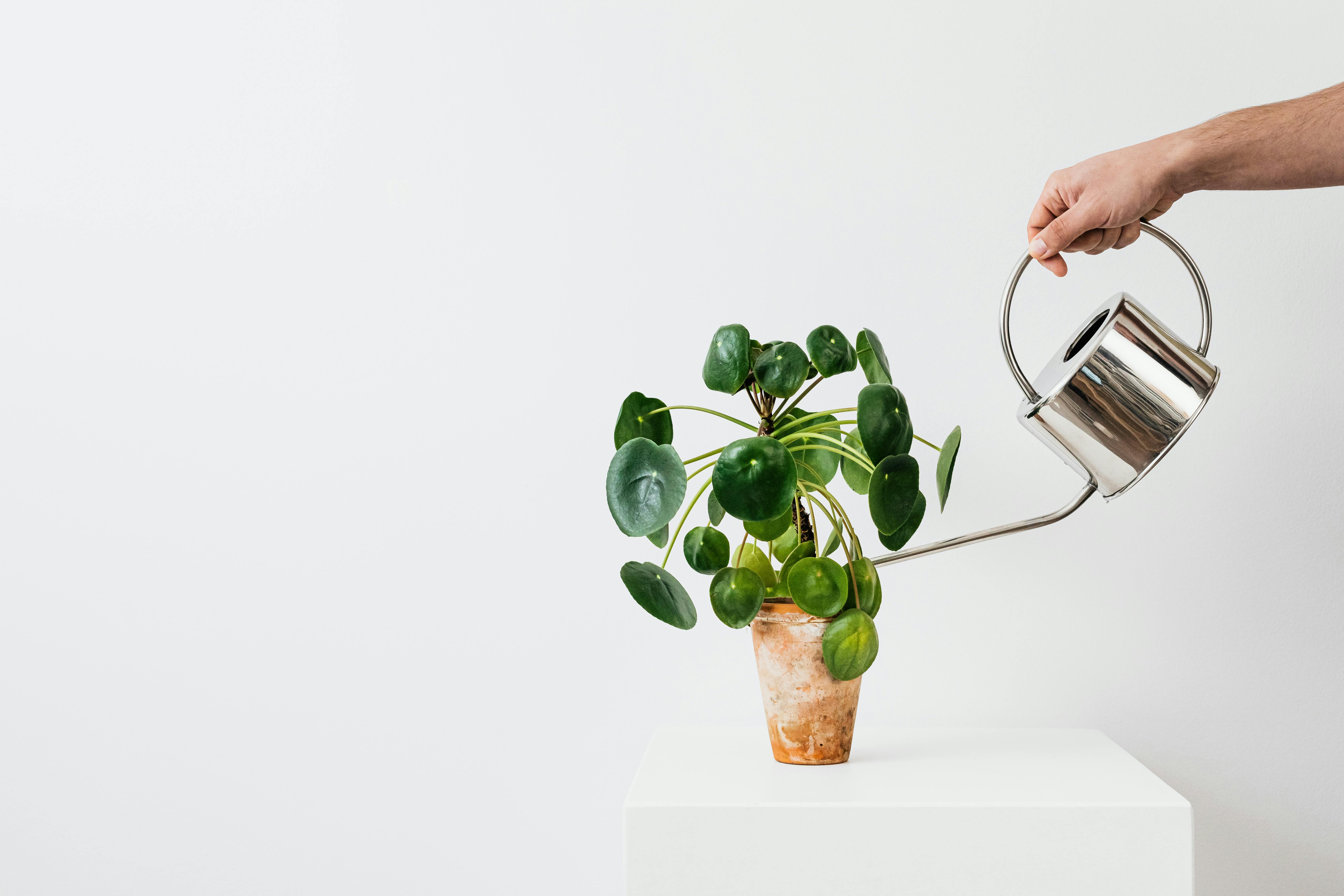
Hanfu - Traditional Han Chinese Clothing
Discover the elegance and beauty of Hanfu, the traditional dress of the Han Chinese people that has been worn for over three thousand years.
Hanfu: The Traditional Dress of Han Chinese
Hanfu (汉服) represents the traditional clothing of the Han Chinese people. With a history spanning over three millennia, Hanfu has evolved through various dynasties while maintaining its core aesthetic principles and cultural significance.
Historical Evolution
Origins and Early Development
The earliest forms of Hanfu emerged during the legendary Yellow Emperor’s reign. Archaeological evidence from the Shang Dynasty (1600-1046 BCE) shows early forms of wrapped clothing that would develop into Hanfu.
Golden Age
The Tang Dynasty (618-907 CE) marked the golden age of Hanfu development. During this period, the clothing reached its peak in terms of design complexity and social significance. The style influenced clothing throughout East Asia, particularly in Korea and Japan.
Basic Components
Essential Elements
- Yi (衣) - The upper garment
- Chang (裳) - The lower garment
- Shenyi (深衣) - A one-piece garment combining the yi and chang
Common Features
- Cross-collar design
- Right-over-left lapel
- Flowing sleeves
- Loose-fitting silhouette
- Waist sash or belt
Types of Hanfu
Shenyi (深衣)
- One-piece robe
- Most formal type
- Used in ceremonies and court
Ruqun (襦裙)
- Two-piece ensemble
- Popular among women
- Consists of a short jacket and long skirt
Zhiju (直裾)
- Straight-collared robe
- Common among scholars
- Often worn with a belt
Materials and Colors
Traditional Materials
- Silk - Most prestigious
- Hemp - For everyday wear
- Cotton - Became popular in later periods
- Ramie - Light and breathable
Symbolic Colors
- Red - Joy and celebration
- Yellow - Imperial power
- Blue - Spring and growth
- White - Purity and mourning
- Black - Formality and dignity
Cultural Significance
Social Status
Hanfu served as a clear indicator of social status and role in society. Different styles, colors, and decorations were regulated according to rank and occasion.
Ritual Importance
Specific types of Hanfu were required for various ceremonies and rituals, reflecting the Confucian principle of propriety.
Modern Revival
In recent years, there has been a significant revival of interest in Hanfu among young Chinese people, leading to a renaissance in traditional clothing culture.
Wearing Hanfu Today
Modern Adaptations
Contemporary Hanfu enthusiasts often adapt traditional styles for modern wear while maintaining key aesthetic elements.
Occasions for Wear
- Traditional festivals
- Cultural ceremonies
- Wedding ceremonies
- Daily wear (simplified versions)
- Photography and artistic expression
Care and Maintenance
General Guidelines
- Hand wash or dry clean only
- Store in a cool, dry place
- Avoid direct sunlight
- Use proper hangers to maintain shape
- Regular gentle steaming to remove wrinkles
Conclusion
Hanfu represents not just a style of clothing, but a connection to Chinese cultural heritage. Its revival in modern times demonstrates the enduring appeal of traditional Chinese aesthetics and values.